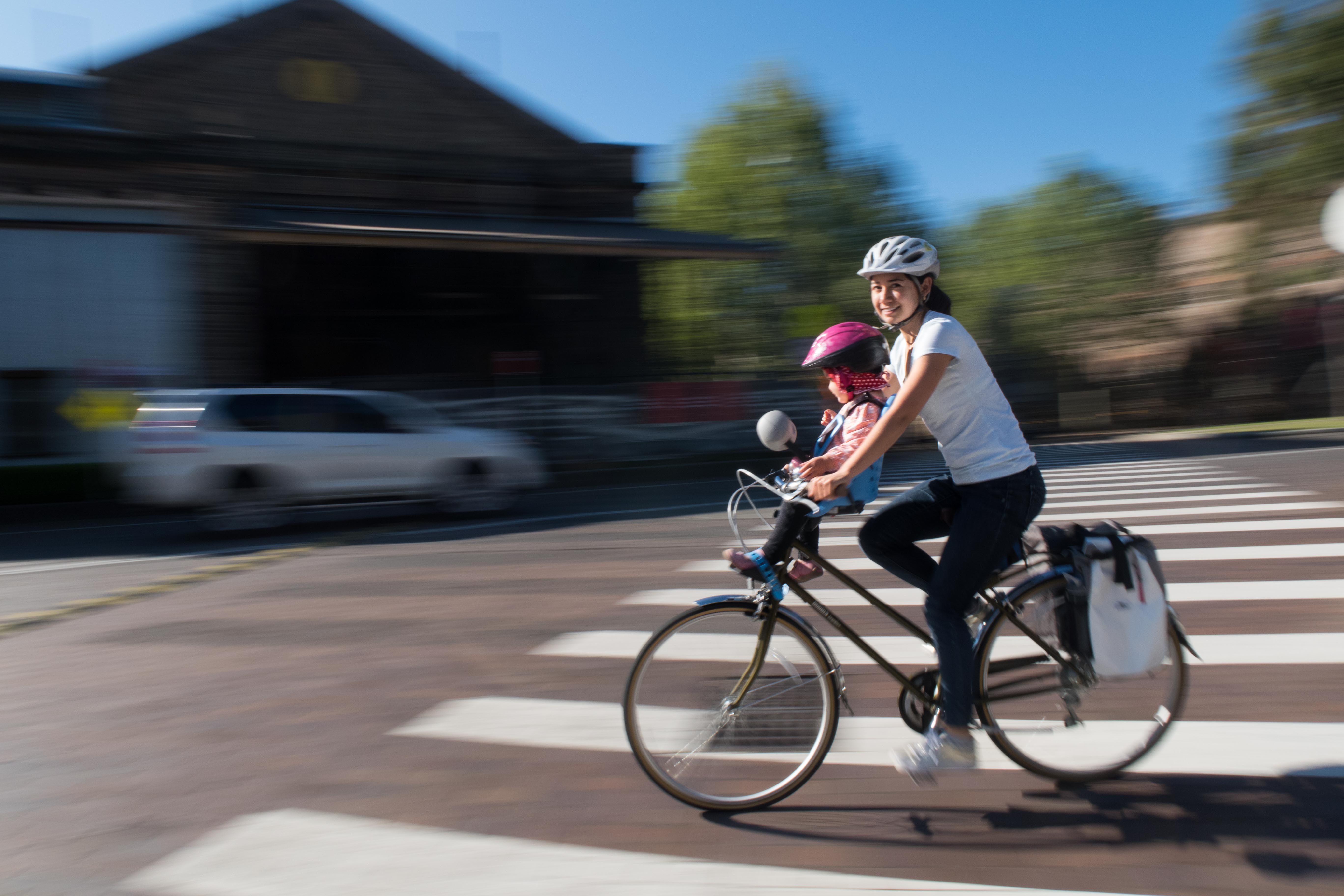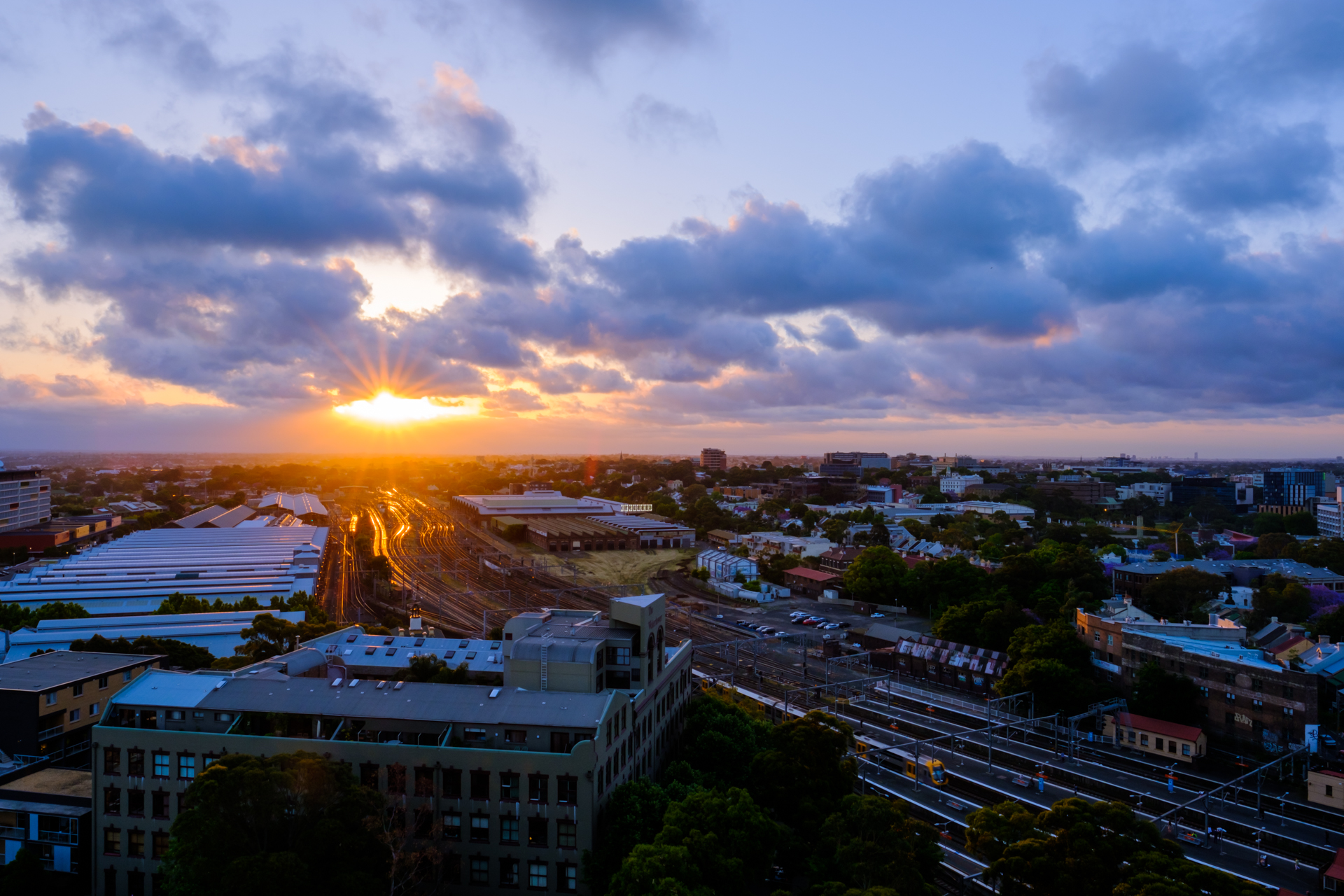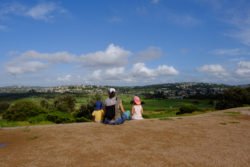6 Things You Should Know Before Buying the Fuji X-T2
You know that moment of doubt that comes with a new piece of tech or gear?
You get home, charge the batteries, and power it up. Since it’s new you’re a bit clunky, but you say to yourself, “I’ll get there.” With a camera it’s twice as bad because you have the clunkiness of something new in your hands, and then you return home with an SD card full of images that are just a little different than you expected. The new model or brand processes things in a new way, and again, you need to relearn a little bit. After going through this experience with our new camera, I thought I would follow-up “Why Choose The Fuji X-T2” with a 5 things you should know before buying the Fuji X-T2.
Most of these are subtle details that we didn’t notice until after 5 days of constant shooting on our New Zealand trip. All of them are easily compensated for through slight changes in shooting settings and post-processing. And, one of them is more of a heads-up about the tradeoff you make with this mirrorless monster.
6 Things You Should Know Before Buying the Fuji X-T2
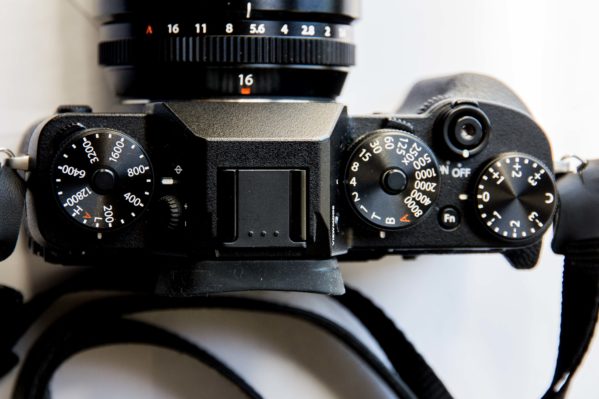 1. Controls
1. Controls
We expected a learning curve with a new camera interface, but it has been shorter than expected. The controls are intuitive and straightforward if you are accustom to shooting in manual. I flagged relevant pages in the manual during our New Zealand flight for reference, but ended up not needing to reference them. A few hours in, and I was able to stop thinking about which buttons and knobs to adjust. The only remaining learning curve is the in camera metering.
Another call out is the custom controls. There are so many extra buttons and dials, it feels a little overwhelming. As I learn them all, there are little tweaks I want to make. My understanding is that many of the buttons are fully customizable, but more on that later. For now I have to mention how much I like having both the shutter speed knob on top of the camera body, along with a finer shutter adjustment dial under my thumb. While the knob shows me 1/500 and 1/1000, I appreciate being able to use the thumb-dial to select values in between quickly, without pulling the viewfinder away from my eye.
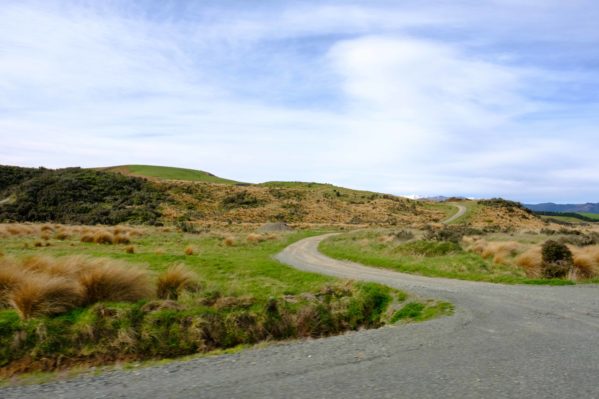 2. Fujifilm Image Styles
2. Fujifilm Image Styles
With all the post-processing images receive these days, I didn’t realize some of the subtle differences to the “Fuji” Style. Part of this style involves vibrant saturation and color; however, it also includes harsh shadows and a bit more contrast.
As you can see in our Instagram feed and photos from the blog, I prefer bright, light and saturated images. In order to get the images to appear in our “signature style”, I made some adjustments in Lightroom. I always shoot in RAW for maximum flexibility for editing, but also need to adjust my shooting. With our Canon, I know when to slightly over or underexpose the image based on the lighting and contrast of the scene. I am getting there with the X-T2.
3. Lightroom Processing
We use Lightroom for our media management and editing, and we were unaware of how poorly Lightroom supports the Fuji RAF files. There are no import previews the compressed RAW file, the in camera film settings are hidden, and overall Lightroom lags a bit with the files. We will work out a good workflow to compensate, but currently it’s a little frustrating. That said, we choose our cameras independent of the software. Also, Adobe should continue updating Lightroom as the X-T2 becomes more popular.
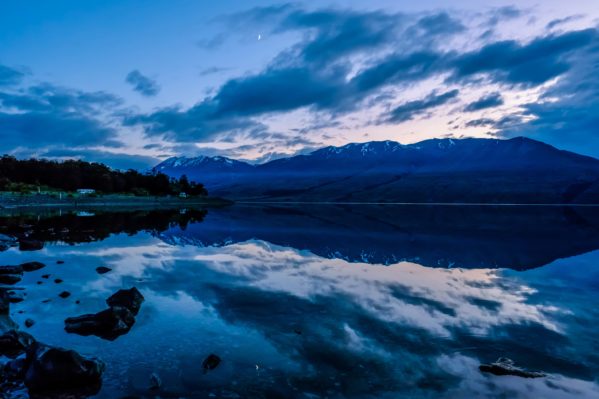 4. Dynamic Range
4. Dynamic Range
Excited by the dynamic range of the X-Trans sensor in the X-T2, I overused the Dynamic Range adjustment on our New Zealand trip. We only had a few days with the camera before leaving, and I did not research all of the individual settings. I decided we would learn by doing.
Reviewing our New Zealand shots, the dynamic range adjustments of 200% and 400% appear to simply underexpose the images. I am barely starting my research on this, but it looks like these are proprietary camera settings that are more useful for shooting JPEGS. They do have some impact on the RAW file, but it seems a bit advanced. At this stage we will shoot at DR100 for our RAW files. For the time being, we also ignore camera highlight and shadow adjustments since we shoot in RAW.
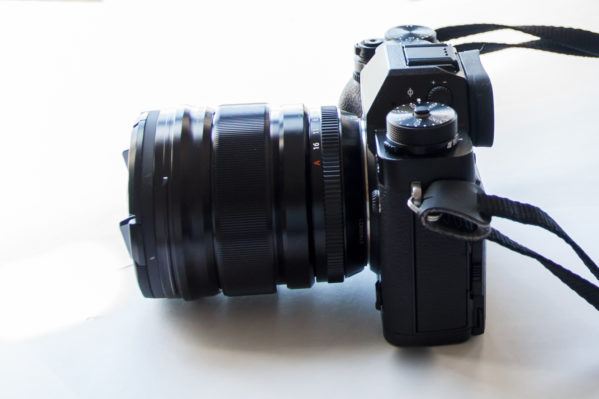 5. Body Weight & Balance
5. Body Weight & Balance
The body is incredibly light (507g / 17.9oz), and the 16mm lens weighs in at 375g / 13.3oz. This is a very different balance from what we are used to with our 60D (775g / 27.5oz) paired with our EF-S 15-85mm (575g / 20.3oz). With such a light body, the X-T2 feels a bit front heavy, which you forget about after an hour or so of shooting. However, I am still unsure of how to set it down because it naturally tips forward to rest on the lens. This may depend on the lens, but the XF16-50mm weighs in at 655g / 23 oz, and the 50-140mm is 995g / 35oz.
We added the battery grip, which adds to the body weight; although, it does not help with the balance. The camera now feels as heavy as our old DSLR, and I still am worried about setting it down. It either rests on the lens at an angle, or I set it flat on the back of the body. Then, I worry about the joystick and the screen. The advantage is that I don’t set it down much so I should spend more time shooting ;). Also, I want to point out that we never used a battery grip on our Canon. On a like for like comparison, the Canon with the battery grip far outweighs the X-T2.
5. Battery Life
The primary reason we purchased the VPB-XT2 battery grip was battery life. With the viewfinder being a screen, I expected a shorter battery-life than the Canon 60D. We rarely reached into our bag for back-up batteries with the 60D so we never purchased a Canon grip. However, during our day hikes with the X-T2, we regularly went through 2.5 batteries. The battery grip provides uninterrupted shooting, and also improves the controls in a portrait orientation with a shutter and other adjustments on the battery grip.
Summary
All gadgets have their idiosyncrasies, and we do not mind adjusting to new ones on our Fuji X-T2. We like the Fujifilm image style, and the dynamic range of the RAW files without using the DR settings is incredible. As for the Lightroom hang-ups, I am sure Adobe will sort that soon enough. If you have any tips on the weighting/balance and how to set the camera down without causing damage, please let me know. And, as always, we are happy to answer any questions.






